THE BUILDING OF A CHAIN OF COASTAL BATTERIES
During the early 18th century, the Hospitallers embarked on a highly ambitious building effort to defend the vulnerable shores of Malta. These consisted of coastal fortifications. This impressive network of coastal batteries, coastal redoubts, and coastal entrenchments were constructed, and an innovative type of mortar was invented, which was the fougasse. This new concept of coastal defence highlighted the change in the Hospitallers approach to the defence of the Maltese islands.
The building of coastal batteries was in what could be said as an extension of the coastal defences built during the first six decades of the 17th century. The early 18th century saw a new enthusiasm for coastal fortifications. The 16th and 17th defensive concept of a chain of towers built around the coast was a Spanish concept of coastal defence of how to defend the coastline against pirate and corsair attacks. They built such fortifications in all parts of their empire, especially in Spain proper, Naples and Sicily. At that time the Order of St. John was under Spanish influence.
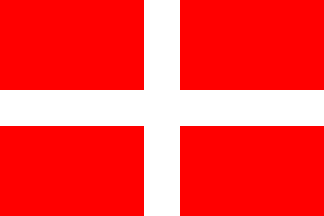
The Standard of the Order of St. John.
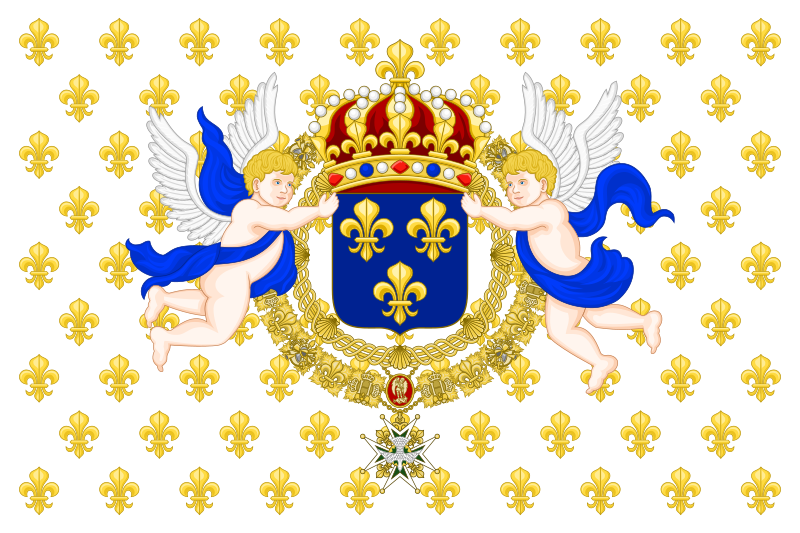
State Flag of the Kingdom of France.
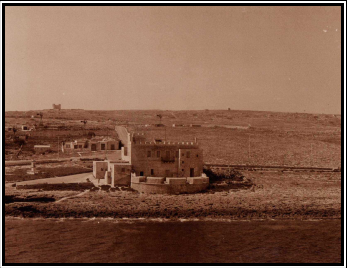
An aerial view of inland Fort Pate in France.
However, during the 18th century, the Order of St. John began to fall more under the influence of France, resulting in adoption of French military concepts of coastal defence.
All over their possessions the French built these types of fortifications. In one of their possessions, Quebec, they built an extensive number of coastal batteries in the vicinity of the city. These coastal batteries succeeded in resisting the British attempts to disembark soldiers in their area, while those built in Malta were overwhelmed immediately, partially due to Hospitaller traitors and lack of enthusiasm in the maintenance of the defences. When Bonaparte decided to invade the Maltese islands he knew about this fact. The Order, under the guidance of the French military engineers who were sent here by Louis XIV, began to construct new types of coastal fortifications in an attempt to upgrade the island’s defences.
The first to materialize were the coastal batteries, or platforms, designed to mount guns intended to fire on approaching ships. Although many of the batteries which took root around the islands’ shores materialized in the years 1715–16, the idea for these French style coastal defences had been first mooted by the Commissioners Jacques de Camus d’Arginy and Bernard de Fontet and a French secondary engineer by the name of François Bachelieu in 1714. The coastal defence strategy found a great exponent in the Prior of France, the Balì de Vendôme, and it was mainly through the latter’s insistence, and a generous loan of 40,000 scudi which he presented to the Order, that the network of batteries and redoubts was made possible. A number of other knights too, made small financial donations toward this effort – as can be witnessed by the fact that a number were named after their benefactors, such as Arrias Battery, Crevelli Redoubt, Ferretti Battery, Gironda Battery and many others
In contrast to the towers, these new type of French-designed fortifications were intended not simply as passive lookout posts, but as active physical obstacles to invasion, capable of denying the enemy the ability to land invading troops. Initially, it appears that these were simply prepared positions for artillery, undefended and open to the rear but most soon began to acquire defensible perimeters and blockhouses to shelter troops and munitions. Most of these structures followed the French pattern, albeit on a smaller scale, and basically consisted of semi-circular or polygonal gun-platform, sometimes ringed by embrasure parapets, and having one or two small blockhouses.
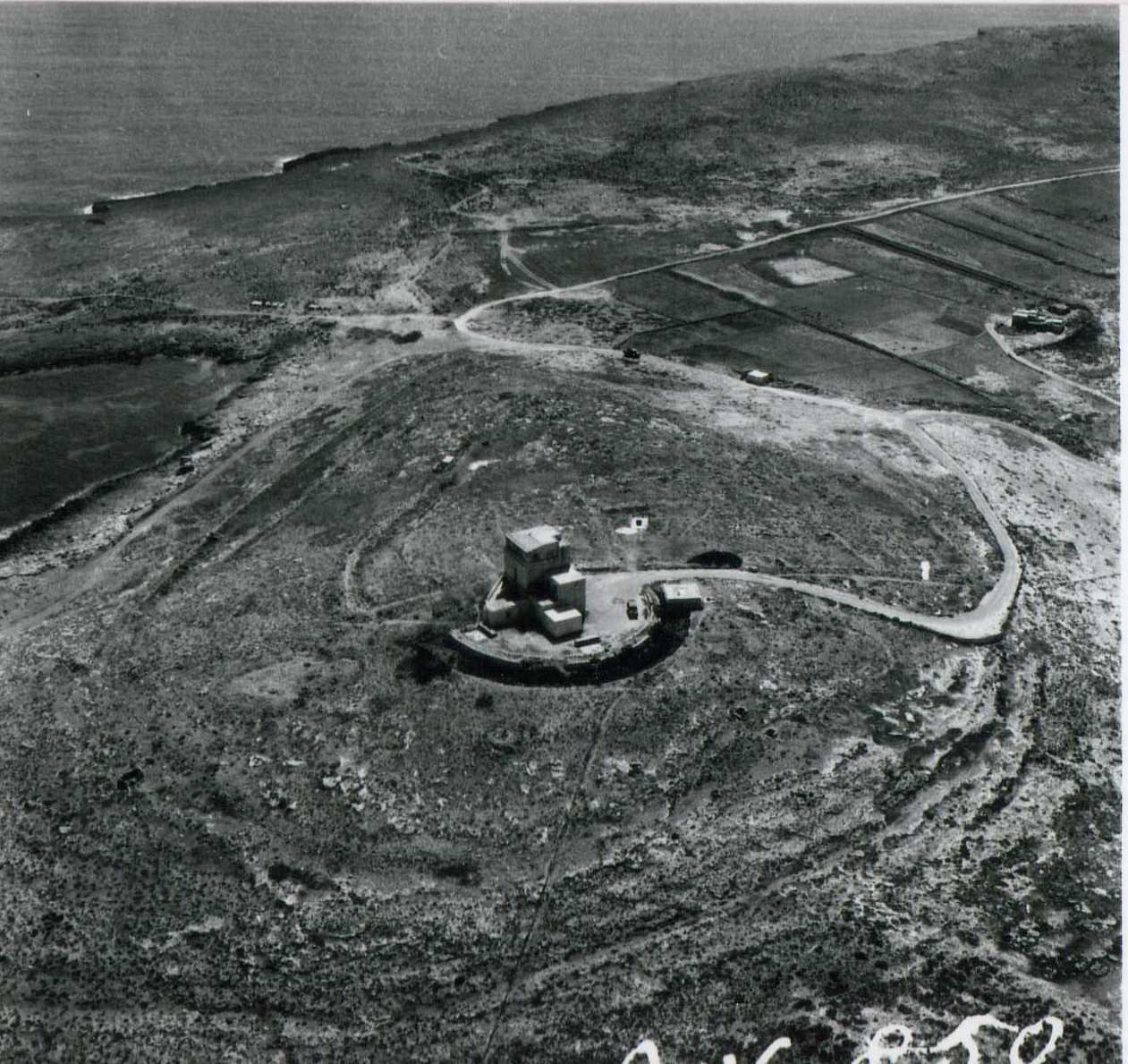
An aerial view of L-Ahrax Tower & Battery. Notice the similarity with Fort Chapus
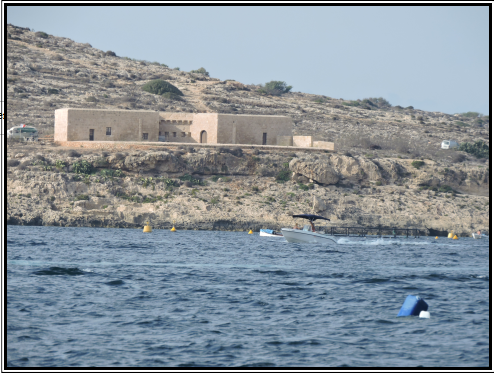
State Flag of the Kingdom of France.
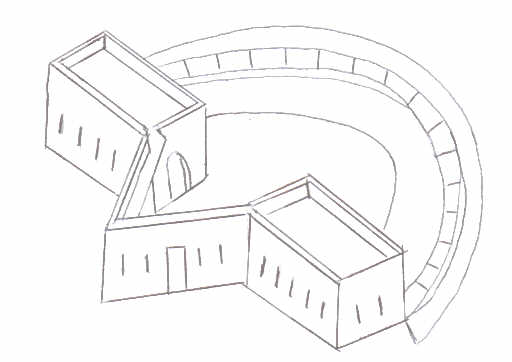
A diagram of Mistra Battery from the rear.
For protection from landward attack, the batteries were given loop-holed walls and redans. In most cases the blockhouses were placed in such a manner as to seal off the gorge and their walls were pierced with musketry loopholes.
The engineers experimented with various combinations of blockhouses and redans depending on the tactical requirements of the site. In two instances, at Mellieħa (Westreme Battery) and Comino, a single blockhouse was placed diagonally across the gorge so that its two outer faces functioned as a redan. Some batteries were also protected by rock-hewn ditches placed either on the landward or seaward sides, or both. Those batteries built very close to the sea, like Orsi, Qajjenza, and Buġibba had moats filled with water.
Design-wise, hardly any two batteries are the same. They all differed in some detail from one another, either in size, shape of the artillery platform, number of embrasures on the parapet, or the layout of the barrack blocks and landward defences. This variety may reflect the personal preferences of the relatively large number of military engineers who were present on the island in the years 1714–16.
During the General Alarm of 1761 the French king sent Count Francois Charles de Burlemaque, brigadier in the French army in charge of five senior engineers; and their commander Lieutenant Colonel de Pontleroy, together with five chief artillerymen, who with their King’s full approval had all volunteered to give their services to the Order without any remuneration.
After they finished their report, hey found that although well maintained, they recommended the erection of several other coastal fortifications. The three military engineers identified places which they believed to be vulnerable. Apart from the existing ones, they proposed to erect new ones armed with artillery, to better defend the bays and coastline.
The entrance to all batteries was from the landward side. A drawbridge was usually fitted to the gateway but it seems that not all batteries were actually fitted with one since, in 1792, the Congregation of Fortification and War ordered that those still lacking a drawbridge were to be supplied instead with two wooden planks.
(For those Maltese readers they can see my article about the fortifications in Mellieħa of the 18th century Fortifikazzjonijiet fil-Mellieħa tas-seklu tmintax: batteriji, ridotti u trunċieri: Xebh bejn is-sistema ta difiża li nbniet Malta, ma dawk li nbnew fl-imperu Franċiż matul dan iż-żmien in Imperial Band Club Mellieħa Festa tal-Vitorja 2005).
